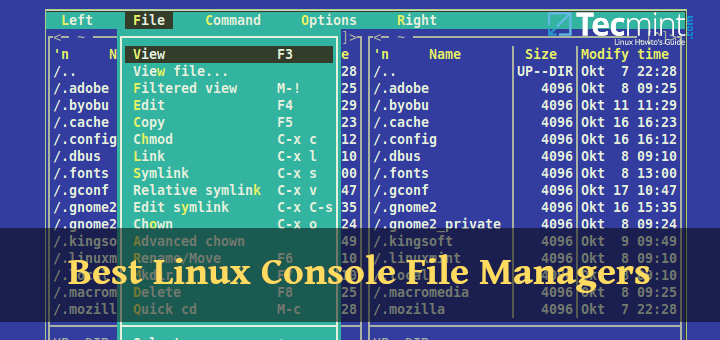

- MAC OS X SHELL SCRIPT TAKE OWNERSHIP OF FOLDER MAC OS X
- MAC OS X SHELL SCRIPT TAKE OWNERSHIP OF FOLDER PASSWORD
Just make sure you make it executable by issuing the command chmod +x diagnostics.sh and use. You can name the file diagnostics.sh and place it anywhere you like. However, you can redirect the output to a file by appending > /path/to/outputfile.txt at the end of each command so you have a file which you can parse once the file has finished running. Keep in mind that any output generated, will get sent to the console (screen). System_profiler SPHardwareDataType | grep -i Identifier # Get the model of the machine in question
MAC OS X SHELL SCRIPT TAKE OWNERSHIP OF FOLDER MAC OS X
Create a LaunchDaemon in Mac OS X that calls the shell script from step 1 to start and configure ipfw every time your Mac boots. Create a configuration file that the shell script from step 1 uses when launching ipfw. However, if you are getting diagnostic info, for example, you can have a script that does #!/bin/bash Setting up ipfw on Mac OS X has three basic steps: Create a shell script that launches ipfw. Now, this all depends on the they types of command and whether or not they require user intervention.

You can also see here on Stack Overflow for a bit more information.Ī script is just a series of commands, so you could put it into a bash script.

MAC OS X SHELL SCRIPT TAKE OWNERSHIP OF FOLDER PASSWORD
When the script runs, you'll have to enter your password (and be an administrator)


 0 kommentar(er)
0 kommentar(er)
